The Jianchuan Museum Complex — Dr Lisheng Zhang, Department of Sociology and Anthropology, Peking University
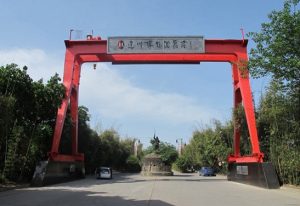
Developed since 2003, the Jianchuan Museum Complex (JMC) is now China’s the most visited and high-profile nonstate museum project. Its main compound, located in the historic town of Anren in Sichuan, southwestern China, covers over 82 acres, and houses 30 individual museums, each dedicated to a specific theme related to the memories of the Resistance War against Japan (1931-1945), the Mao Era, or “Red Age” (1949-1976), the 2008 Wenchuan Earthquake and Chinese folk culture in the past hundred years.
From 2015 to 2017, I spent 15 months as a voluntary worker at the JMC conducting fieldwork for my PhD research as part of the Leverhulme-funded project Conflict in Cultural Value: Localities and Heritage in Southwest China.
The JMC is built upon the personal collection of Fan Jianchuan, a multimillionaire and self-made collector who has amassed over eight million items over the past 30 years. His collection ranges from retired tanks, missiles and airplanes to suicide notes, personal diaries and photographs from the Cultural Revolution (1966-1976). The museums display only a small portion of the collection, while the majority is stored in a huge warehouse that opens exclusively to invited guests and employees.
Heavily influenced yet not completely controlled by the government. The JMC is one of the very few museums that have ever been able to address China’s most politically contentious histories and the only one that has done so while achieving economic success and nationwide popularity. The motto of the project––‘collect war for peace; collect lessons for the future; collect disaster for safety and collect folklore for continuity’––suggests, the Jianchuan Museum asserts a strong moral responsibility to restore ‘national memory’ (minzu jiyi) and transmit a sense of ‘patriotic sentiment’ (guojia qinghuai)’.
The JMC now welcomes close to two million visitors a year, and since around 2010, it has successfully branched out to museum planning and construction, working with local governments across the country. In 2018, it opened another group of eight museums in the nearby megalopolis, Chongqing. Therefore, though nonstate, it is deeply enmeshed with government authority in political and economic terms.
The development of the JMC is a small but significant segment of China’s ‘explosive’ museum boom and ‘fever’ for cultural heritage over the recent decades, boasting its 5354 museums by the end of 2018 (Xinhua 2019), and the world’s second highest number of enlisted items in UNESCO World Heritage Sites. The largest nonstate material culture repository of China’s 20th century history, the JMC speaks amply of the moral and political complexities in remembering, collecting as well as understanding the museum and heritage industry in China today.
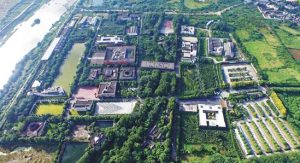
Jianchuan Museum Complex panorama
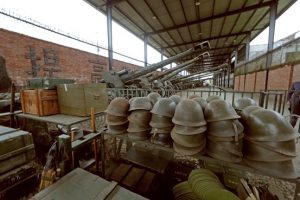
Jianchuan Museum Complex collection
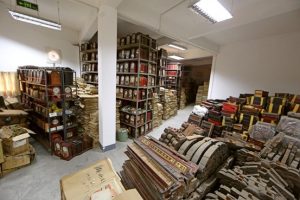
Jianchuan Museum Complex warehouse

Jianchuan Museum Complex warehouse
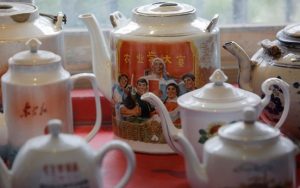
Museum of Red Age Porcelain Art
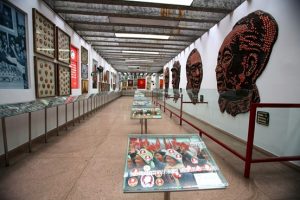
Museum of Red Age Badges, Clocks and Seals
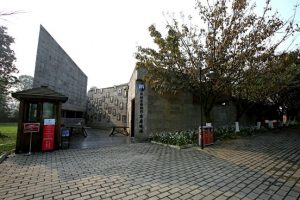
Museum of Resistance War Prisoners
(Images courtesy of the Jianchuan Museum Complex)